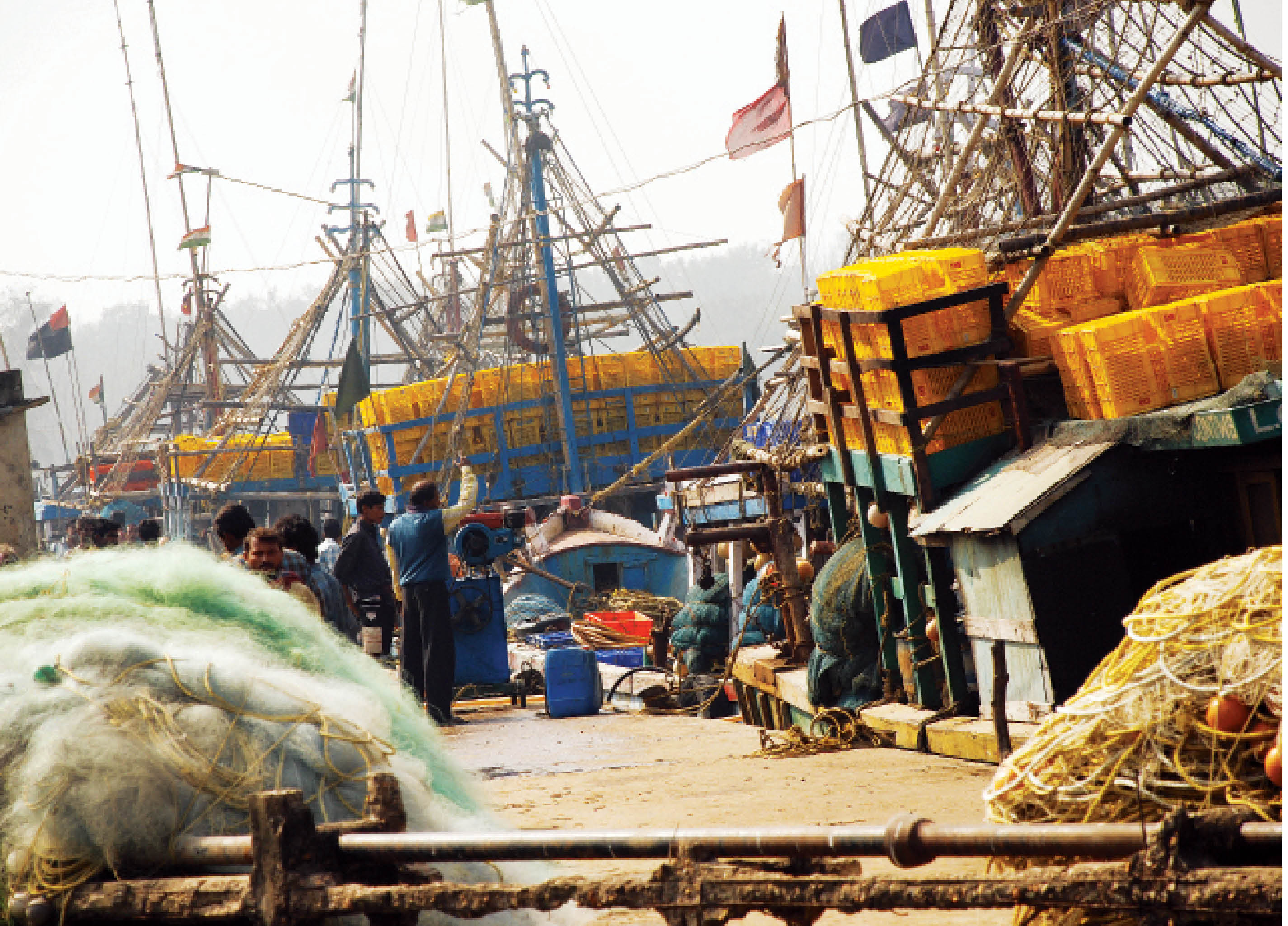Coastal Regulation Zone 2011
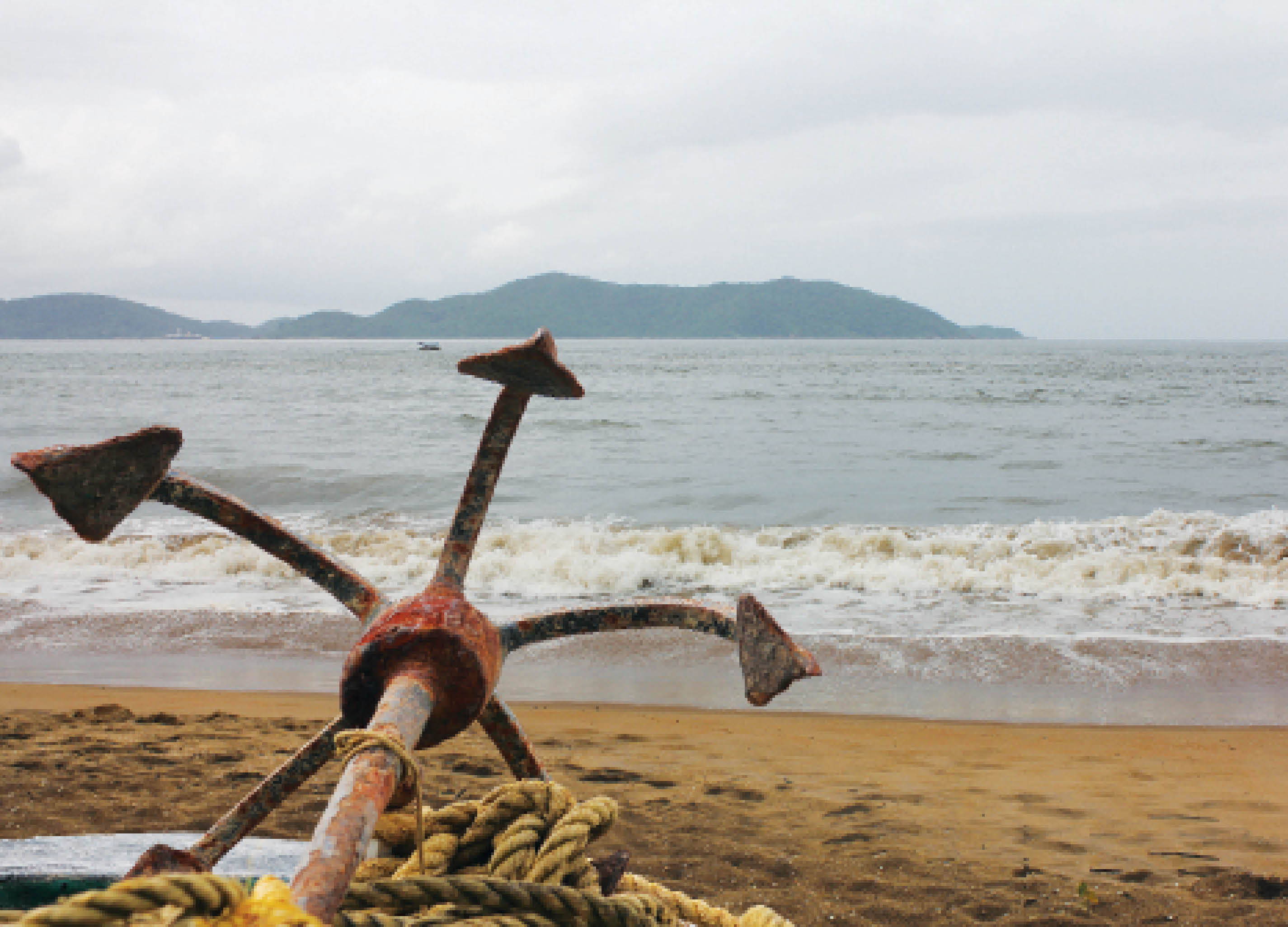

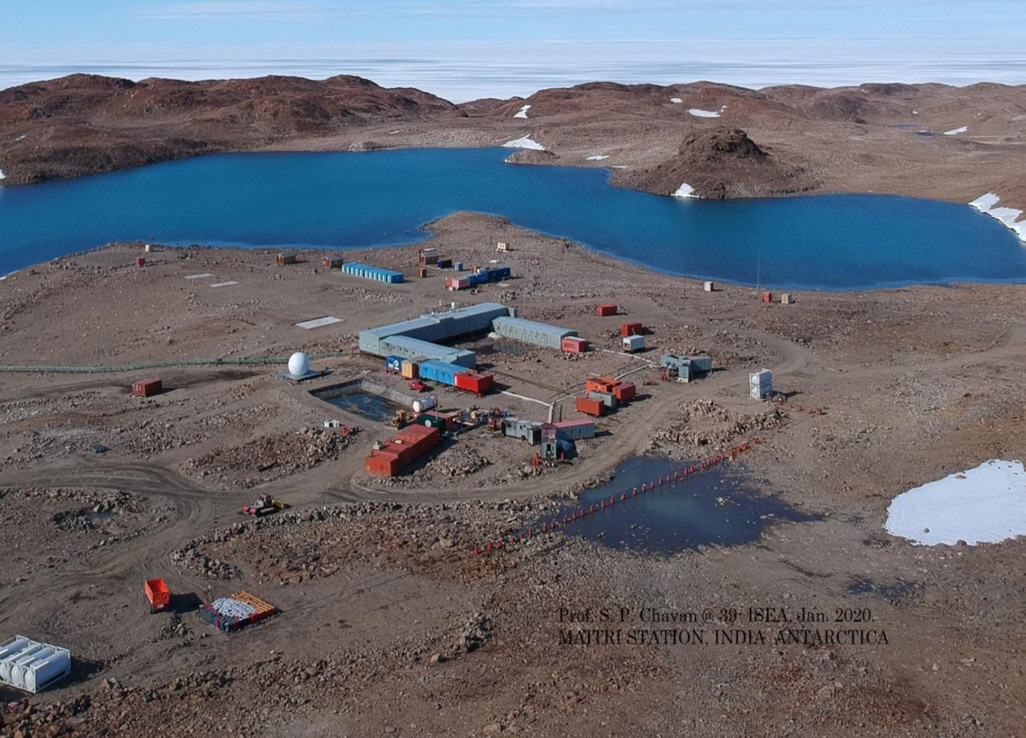
India is set to embark on a new chapter in its Polar exploration journey with the construction of Maitri II. The Indian government plans to establish a new research station near the existing Maitri ba...
.png )
The Deep Ocean Mission (DOM), approved by the Government of India in 2021 under the Ministry of Earth Sciences (MoES), represents a strategic step in realizing Sustainable Development Goal 14 (SDG 14:...
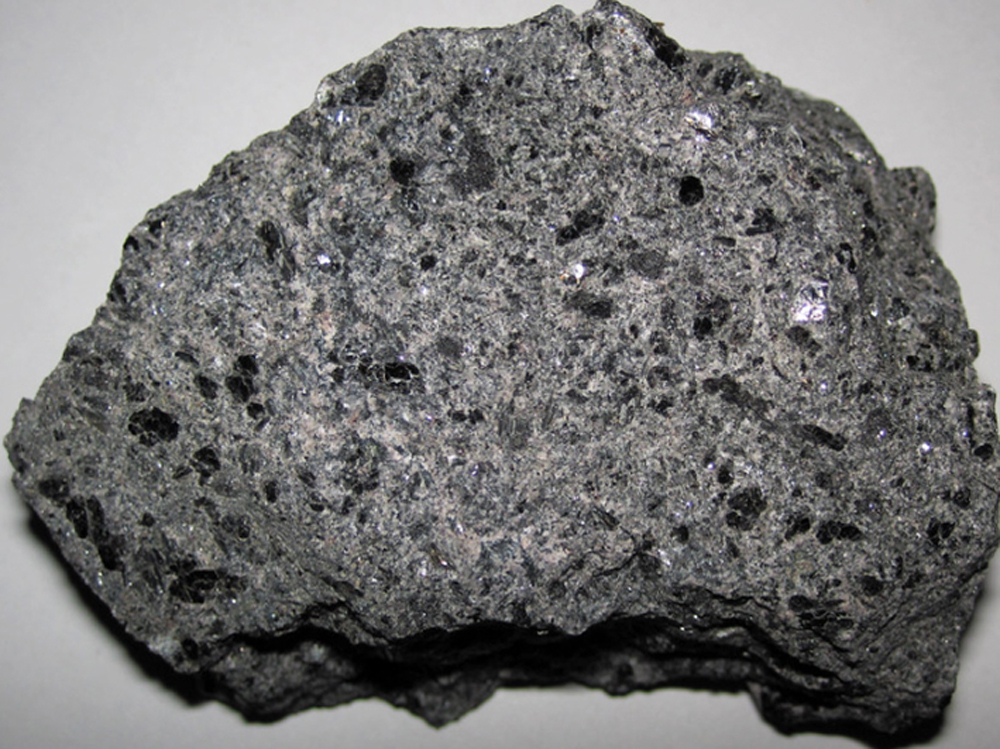
China recently announced restrictions on the export of seven rare earth elements (REEs), soon after US President Donald Trump decided to impose tariffs. As the world's dominant supplier—responsible fo...
India promulgated the Coastal Regulation Zone (CRZ) notification on 15 February 1991, which was subsequently amended several times. The latest change was made on 6 January 2011. Presented here are the...
In India, there is an urgent need to enhance the earning capacity of the people living along the coastal areas. Sea farming through large scale seaweed cultivation is being considered as an alternate...
Climate change can have a strong impact on fisheries with far-reaching consequences for food and livelihood security of a sizeable section of the population in India.
The chief arms of the Indian Ocean are the Arabian Sea - with the Red Sea, the Gulf of Aden, and the Persian Gulf, the Bay of Bengal, and the Andaman Sea. Here is some news about the ocean and its sea...
India promulgated the Coastal Regulation Zone (CRZ) notification on 15 February 1991, which was subsequently amended several times. The latest change was made on 6 January 2011. Presented here are the highlights of the 2011 Regulation.

In India, there is an urgent need to enhance the earning capacity of the people living along the coastal areas. Sea farming through large scale seaweed cultivation is being considered as an alternate and additional means of livelihood.
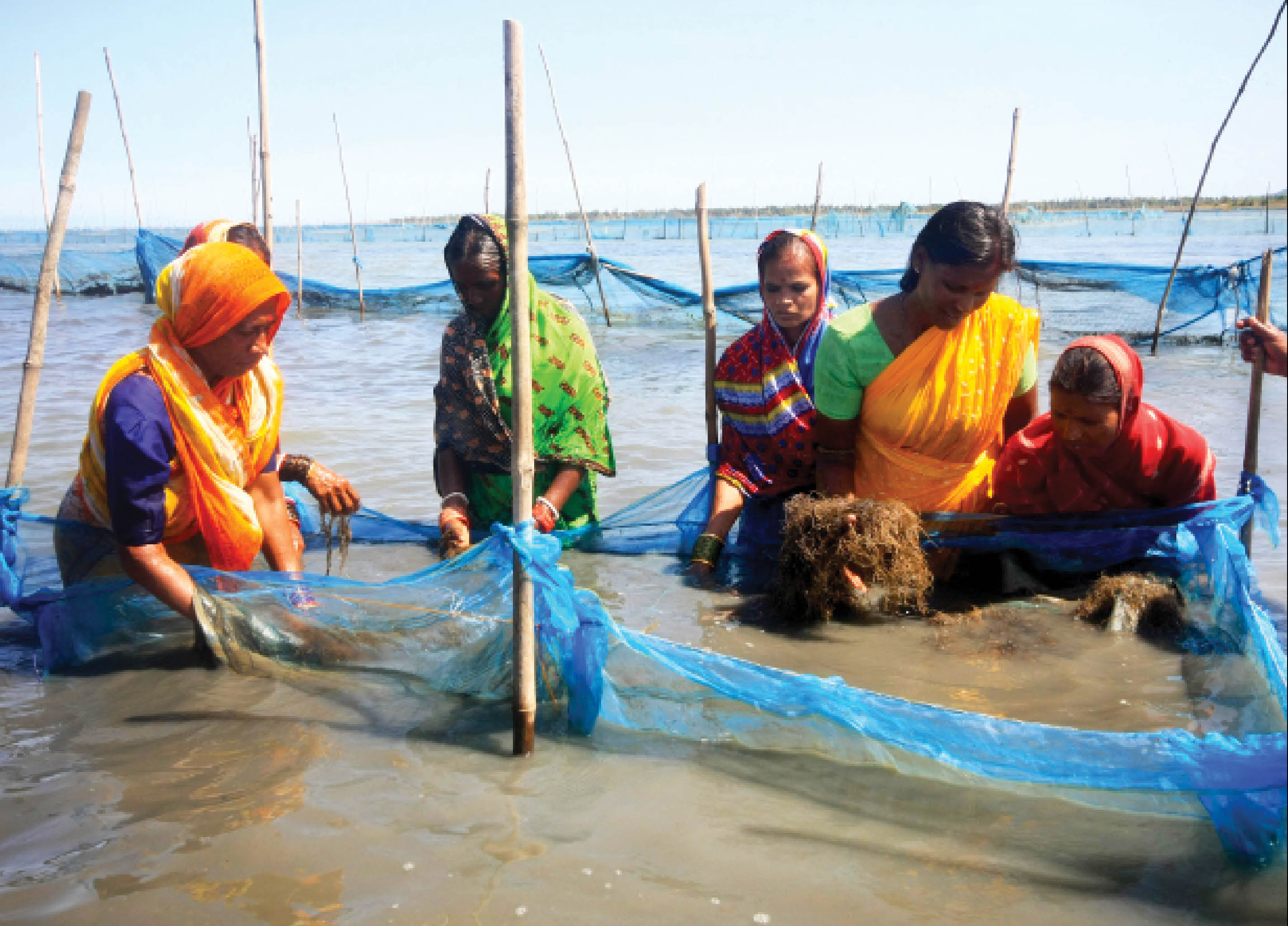
Climate change can have a strong impact on fisheries with far-reaching consequences for food and livelihood security of a sizeable section of the population in India.
